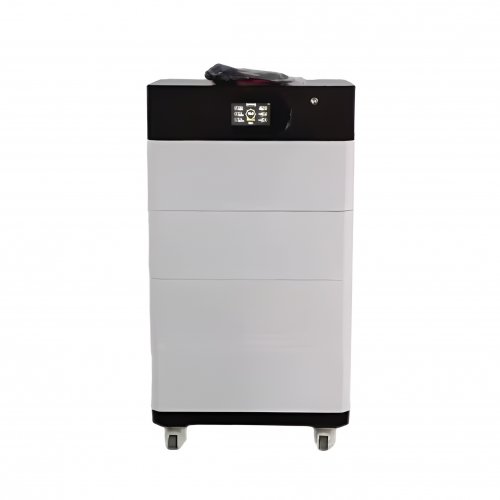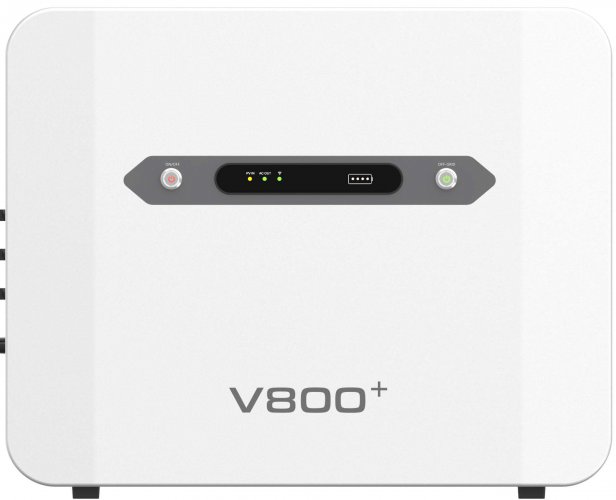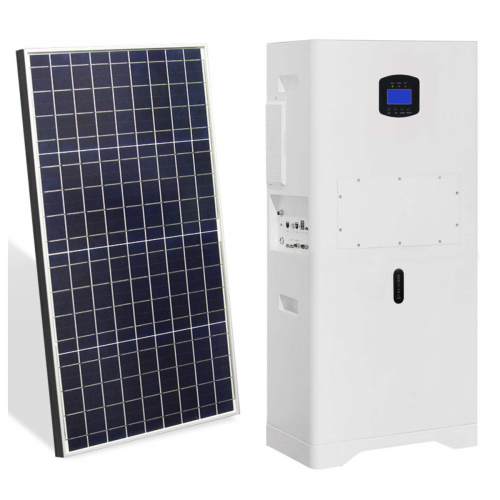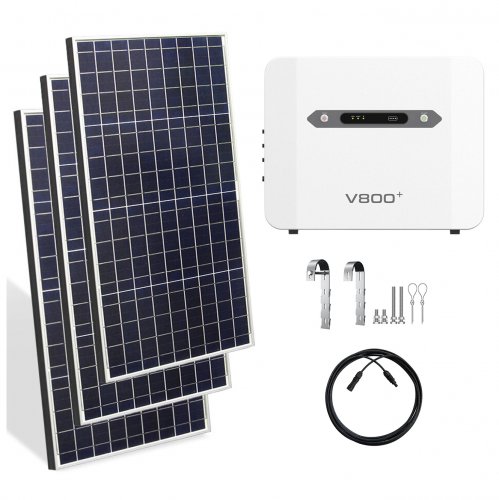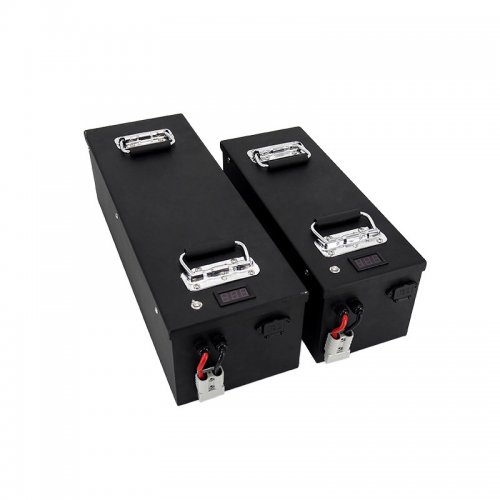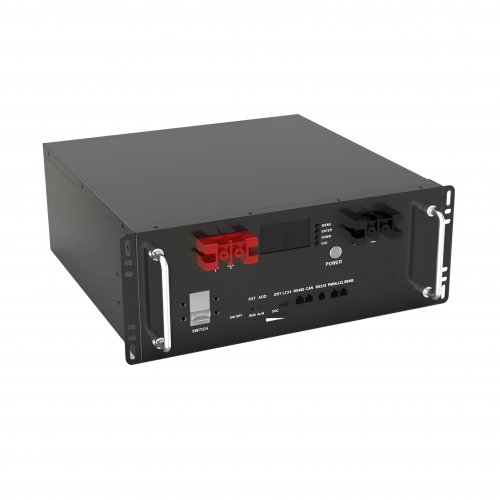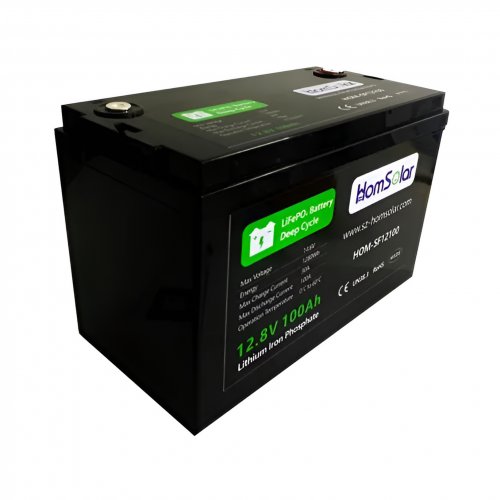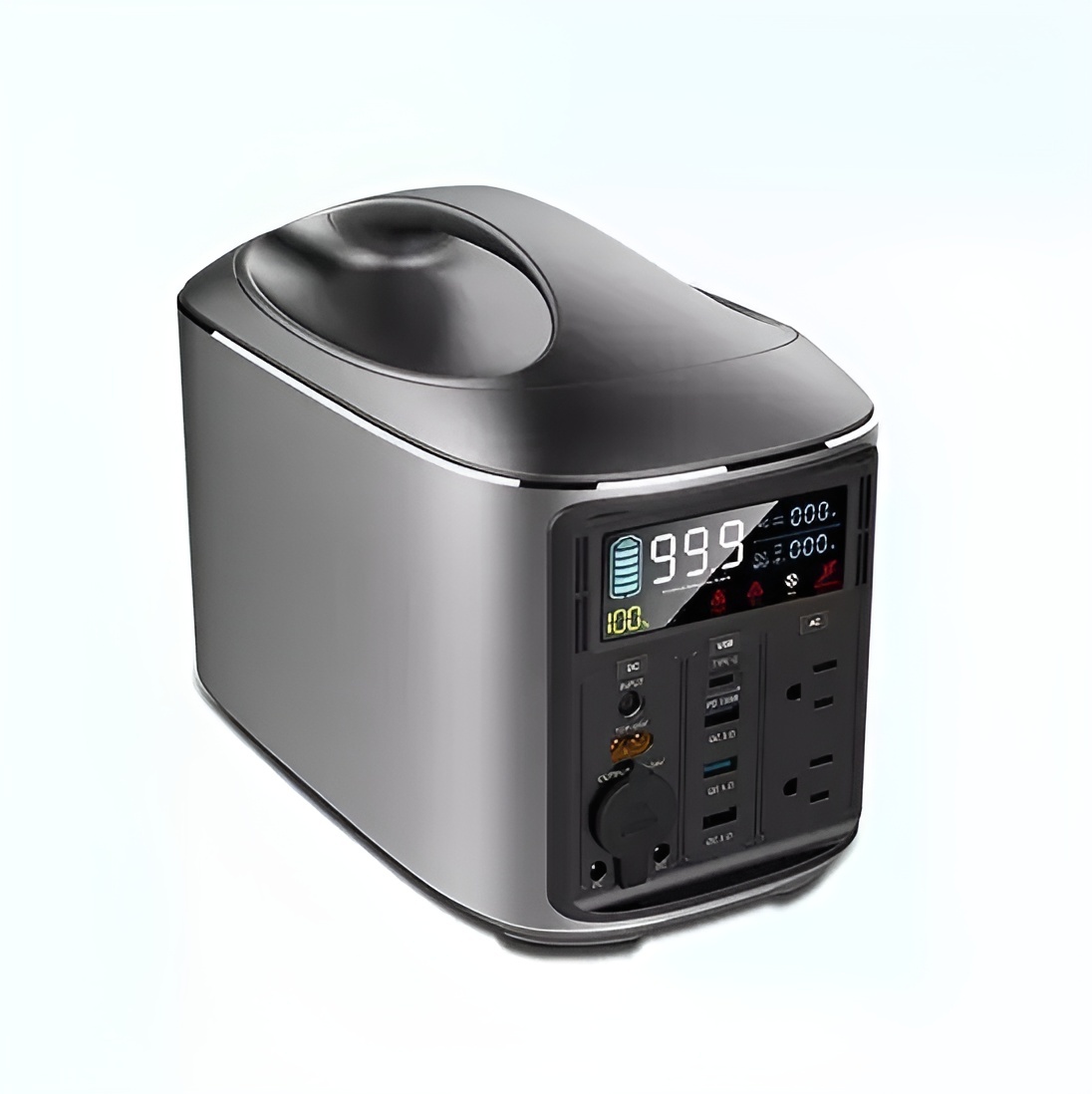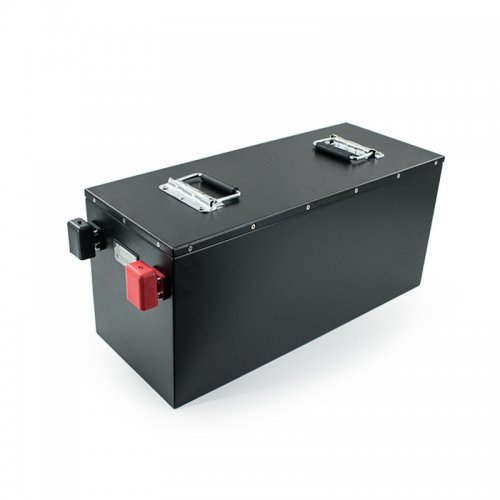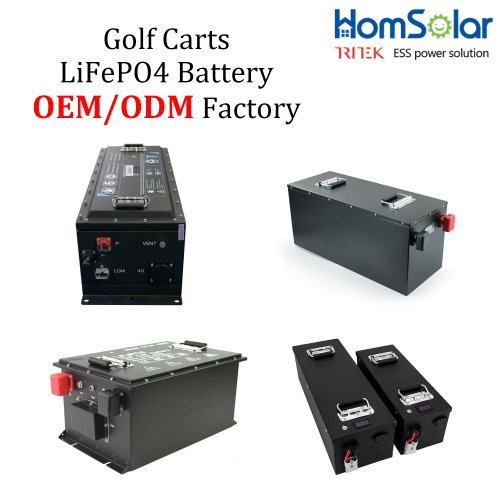Advances In Cycle Life: Unlocking The Longevity Of Energy Storage Systems
The relentless global pursuit of sustainable energy and electrified transportation has placed unprecedented demands on electrochemical energy storage systems, primarily lithium-ion batteries (LIBs). At the heart of their economic viability and environmental sustainability lies a single, critical parameter: cycle life. Defined as the number of complete charge-discharge cycles a battery can undergo before its capacity degrades to a specified percentage (typically 80%) of its initial value, cycle life is the ultimate arbiter of longevity, cost-per-cycle, and resource efficiency. Recent years have witnessed a paradigm shift in research, moving from incremental improvements to transformative strategies aimed at fundamentally understanding and mitigating degradation mechanisms across the entire battery architecture.
Decoding Degradation: A Multiscale and Operando Perspective
A significant breakthrough in extending cycle life has been the move from post-mortem analysis to real-time, operando observation of battery materials during cycling. Advanced characterization techniques, such as in situ transmission electron microscopy (TEM), synchrotron-based X-ray diffraction, and neutron depth profiling, are providing unprecedented insights into the dynamic evolution of electrode structures and the solid-electrolyte interphase (SEI).
For instance, research has elucidated the complex nature of the SEI on silicon and lithium-metal anodes. Once considered a static layer, the SEI is now understood to be a dynamic, evolving entity. Unstable SEI formation consumes active lithium and electrolyte continuously, leading to rapid capacity fade. A landmark study by Li et al. (2023) demonstrated, using cryo-electron microscopy, that a hybrid SEI structure comprising a lithium fluoride (LiF)-rich inner layer and a polymeric outer layer can dramatically enhance its mechanical stability and ionic conductivity. This "nanocomposite" SEI effectively suppresses lithium dendrite growth and mitigates parasitic side reactions, enabling silicon-dominant anodes to achieve over 1000 stable cycles.
Similarly, for cathodes, particularly high-capacity Nickel-rich NMC (LiNi_xMn_yCo_zO_2, x>0.8) and Li-rich layered materials, the primary degradation culprits are crystal structure phase transitions, microcracking, and transition metal dissolution. Operando X-ray studies have directly correlated particle fracture with the anisotropic lattice strain during (de)intercalation. This understanding has driven the development of sophisticated single-crystal NMC cathodes. Unlike their polycrystalline counterparts, single-crystal particles are intrinsically more resistant to microcracking, which minimizes fresh surface area exposed to the electrolyte and retards impedance growth. Recent work by Qian et al. (2024) on single-crystal NMC811 reported a capacity retention of over 90% after 2000 cycles at 1C rate, a feat previously unattainable with conventional materials.
Material Innovations: From Bulk Doping to Interface Engineering
The insights from fundamental studies have directly fueled a wave of material-level innovations.Anode Revolution: Beyond graphite, silicon and lithium metal remain the holy grail for high energy density. The cycle life challenge of silicon—its massive volume expansion (>300%)—is being tackled through sophisticated nanostructuring and composite design. Porous silicon scaffolds, silicon-carbon yolk-shell structures, and the use of elastic binders like polyacrylic acid have shown remarkable success in accommodating mechanical stress. For lithium metal, the development of three-dimensional host structures (e.g., porous copper scaffolds) and artificial SEI layers has been pivotal. These engineered interfaces homogenize lithium-ion flux, preventing dendrite formation and enabling cycle life exceeding 500 cycles in laboratory pouch cells.Cathode Stabilization: The strategy of "high-entropy" doping, where multiple cation species are incorporated into the cathode lattice, has emerged as a powerful tool. This configuration creates a highly stable crystal structure that resists detrimental phase transitions and oxygen loss upon cycling. Furthermore, the application of uniform cathode-electrolyte interphase (CEI) coatings, such as ultrathin layers of Al_2O_3 deposited via atomic layer deposition (ALD) or Li_3PO_4, has proven highly effective in physically isolating the cathode from the corrosive electrolyte, thereby suppressing transition metal dissolution and oxygen evolution.Electrolyte Formulation: The liquid electrolyte is no longer a passive component but an active agent in cycle life extension. The shift from conventional carbonate-based electrolytes to localized high-concentration electrolytes (LHCEs) and fluorinated electrolytes represents a major technological leap. LHCEs form a robust, inorganic-rich SEI on the anode while simultaneously stabilizing the high-voltage cathode. A recent study by Yu et al. (2023) showcased a LiNi_0.8Mn_0.1Co_0.1O_2 || graphite full cell employing a fluorinated LHCE that retained 80% of its capacity after 2000 cycles under demanding conditions (4.4 V charging, 45°C). The exploration of solid-state electrolytes (SSEs), both polymeric and inorganic (e.g., sulfides, oxides), promises a near-ultimate solution to dendrite growth and safety issues, though challenges with interfacial resistance and manufacturability remain active areas of research.
The Role of Intelligence: AI and Smart Management Systems
Cycle life extension is no longer solely a materials science problem; it is increasingly a data-driven challenge. The integration of artificial intelligence (MRI) and machine learning (ML) is revolutionizing how we predict and manage battery degradation. ML models trained on vast datasets from cycling experiments can now predict the remaining useful life (RUL) of a cell with high accuracy based on features extracted from early-cycle data. Furthermore, AI-powered Battery Management Systems (BMS) are being developed to implement adaptive charging protocols. Instead of a one-size-fits-all constant current-constant voltage (CC-CV) method, these smart algorithms can devise charging currents in real-time that minimize stress and side reactions, effectively "training" the battery for a longer life.
Future Outlook and Challenges
The trajectory of cycle life research points towards a future of highly tailored, intelligent, and robust energy storage systems. The next frontier will involve:
1. Multi-modal Optimization: The true potential will be unlocked by the synergistic design of all components—anode, cathode, electrolyte, and interfaces—as an integrated system, rather than optimizing them in isolation. 2. Beyond Lithium-ion: While LIBs will dominate for the foreseeable future, fundamental knowledge of cycle life is being applied to next-generation chemistries like sodium-ion, potassium-ion, and solid-state batteries, ensuring their rapid development. 3. Closed-Loop Lifecycle Management: The concept of a "digital twin" for batteries—a virtual model that mirrors a physical cell throughout its life—will enable predictive maintenance and facilitate second-life applications, maximizing the utility and cycle life from cradle to grave. 4. Sustainability Nexus: The drive for ultra-long cycle life is intrinsically linked to sustainability. Batteries that last for decades drastically reduce the frequency of replacement and alleviate the environmental burden associated with raw material extraction and manufacturing.
In conclusion, the advances in cycle life research represent a confluence of deep fundamental science, innovative material engineering, and intelligent data analytics. The progress is no longer just about making batteries last longer; it is about creating a foundation for a truly circular and sustainable energy economy. The journey towards a million-mile battery is well underway, powered by a relentless focus on understanding and conquering the complex mechanisms of decay.
References (Illustrative):
1. Li, Y., et al. (2023). "A Dynamic and Self-Healing Hybrid SEI for High-Performance Lithium Metal Anodes."Nature Energy, 8(2), 150-162. 2. Qian, G., et al. (2024). "Ultra-Stable Cycling of Single-Crystal NMC811 Cathodes Enabled by a Synergistic Electrolyte Additive."Advanced Materials, 36(10), 2304567. 3. Yu, Z., et al. (2023). "Localized High-Concentration Fluorinated Electrolytes for High-Voltage Lithium Metal Batteries."Joule, 7(5), 1026-1045.
Customized/OEM/ODM Service
HomSolar Supports Lifepo4 battery pack customization/OEM/ODM service, welcome to contact us and tell us your needs.


HomSolar: Your One-stop LiFePO4 Battery Pack & ESS Solution Manufacturer
Our line of LiFePO4 (LFP) batteries offer a solution to demanding applications that require a lighter weight, longer life, and higher capacity battery. Features include advanced battery management systems (BMS), Bluetooth® communication and active intelligent monitoring.

Customised Lithium Iron Phosphate Battery Casing
ABS plastic housing, aluminium housing, stainless steel housing and iron housing are available, and can also be designed and customised according to your needs.

HomSolar Smart BMS
Intelligent Battery Management System for HomSolar Energy Storage System. Bluetooth, temperature sensor, LCD display, CAN interface, UART interface also available.


Terminals & Plugs Can Be Customized
A wide range of terminals and plugs can be customised to suit the application needs of your battery products.

Well-designed Solutions for Energy Storage Systems
We will design the perfect energy storage system solution according to your needs, so that you can easily solve the specific industry applications of battery products.



About Our Battery Cells
Our energy storage system products use brand new grade A LiFePO4 cells with a battery lifespan of more than 4,000 charge/discharge cycles.



Applications in Different Industries
We supply customized & OEM battery pack, assemble cells with wiring, fuse and plastic cover, all the cell wires connected to PCB plug or built BMS.
Applications: E-bike, Electric Scooter, Golf Carts, RV, Electric Wheelchair, Electric Tools, Robot Cleaner, Robot Sweeper, Solar Energy Storage System, Emergency Light, Solar Power Light, Medical Equipment, UPS Backup Power Supply.
We can provide you with customized services. We have the ability to provide a vertical supply chain, from single cells to pack/module and to a complete power solution with BMS, etc.


HomSolar (Shenzhen) Technology Co., Ltd







